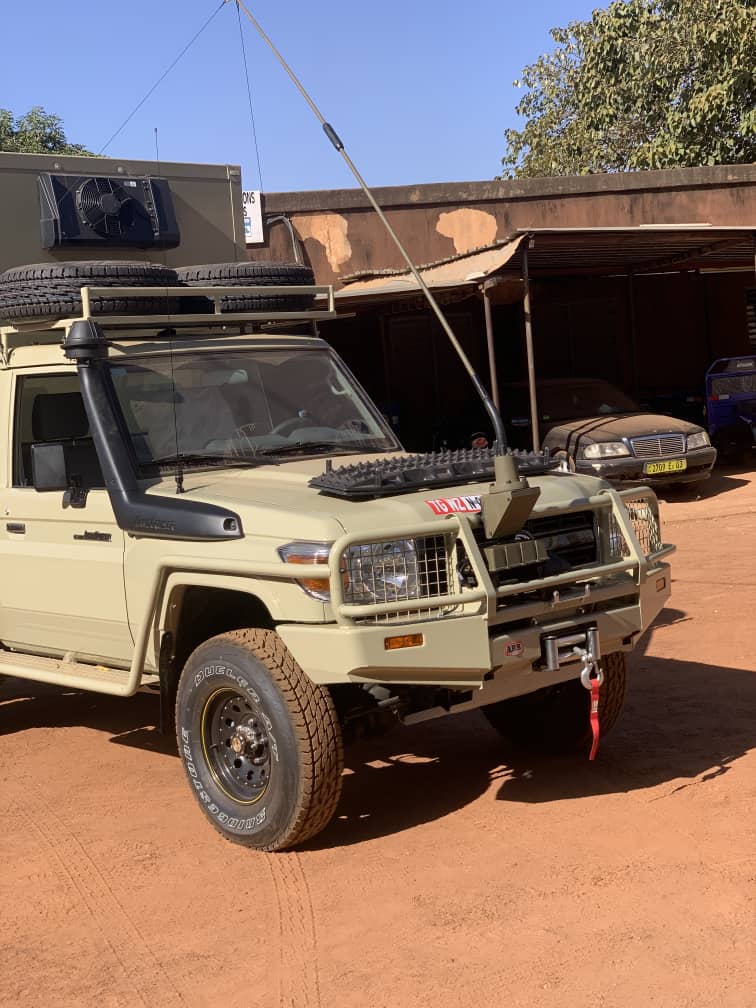
The Evolution of Radio Communication: From HF to Satellite
Radio communication has come a long way since its inception in the early 20th century. From the basic HF (High Frequency) radios to advanced satellite communication systems, the technology has evolved to meet the needs of various sectors including the military, aviation, construction, and emergency services. In this blog, we delve into the journey of radio communication and how it has shaped the way we connect.
High Frequency (HF) Radio
HF radio was one of the earliest forms of radio communication, operating in the 3 to 30 MHz range. It was widely used for long-distance communication due to its ability to bounce signals off the ionosphere, allowing messages to be sent across continents. Military and aviation sectors heavily relied on HF radios during World War II for secure and reliable communication.
Ultra High Frequency (UHF) Radio
As technology progressed, UHF radios became more prevalent. Operating in the 300 MHz to 3 GHz range, UHF radios offered clearer communication with less interference. This made them ideal for urban environments and short-range communication. Today, UHF radios are commonly used in construction sites, airports, and by emergency responders.
Satellite Communications
The advent of satellite technology revolutionized radio communication. Satellite communications provide global coverage, allowing seamless communication even in the most remote areas. This technology is crucial for military operations, disaster relief efforts, and global aviation. Satellite phones and terminals have become indispensable tools for maintaining communication in challenging environments.
The Role of Antennas
No radio communication system is complete without antennas. Antennas play a vital role in transmitting and receiving signals. From simple dipole antennas used in HF radios to sophisticated parabolic antennas for satellite communication, the design and functionality of antennas have evolved significantly. At KonectPro, we offer a wide range of antennas tailored to various applications, ensuring optimal performance and reliability.
ATEX Certified Equipment
In hazardous environments such as oil rigs and chemical plants, ATEX-certified communication equipment is essential. These devices are designed to operate safely in explosive atmospheres, ensuring the safety of personnel while maintaining reliable communication. Our ATEX-certified radios and accessories meet the highest safety standards, providing peace of mind in dangerous conditions.
The Importance of Docking Stations
Docking stations are crucial for ensuring that communication devices are always charged and ready for use. In fast-paced environments like airports and construction sites, having a reliable docking solution is essential. Our range of docking stations ensures that your communication devices are always operational, minimizing downtime and enhancing productivity.
VHF/UHF Repeaters
For extending the range of radio communication, VHF/UHF repeaters are indispensable. These devices receive signals and retransmit them at a higher power, effectively extending the communication range. This is particularly useful in large construction sites, military operations, and rural areas where direct communication may be challenging.
PMR446: License-Free Communication
PMR446 radios provide a cost-effective and license-free communication solution for various applications. Operating in the 446 MHz range, these radios are ideal for short-range communication in industries such as hospitality, retail, and event management. At KonectPro, we offer a selection of PMR446 radios that deliver reliable performance without the need for a license.
Interoperability: Bridging Communication Gaps
In critical operations, interoperability between different communication systems is vital. Interoperability solutions ensure that different devices and networks can communicate seamlessly, enhancing coordination and efficiency. Our interoperability products are designed to bridge communication gaps, ensuring smooth operations in multi-agency scenarios.
Konect is an authorized distributor specializing in the provision of radiocommunication equipment and materials, covering a wide range of technologies suited for professional and military needs. The company offers complete solutions and high-quality products, including VHF, UHF, HF radiocommunications, and satellite communication systems.
konectpro
Quick Link
- News
- License
- Terms and Condition
- Term And Conditions


 Cart is empty
Cart is empty